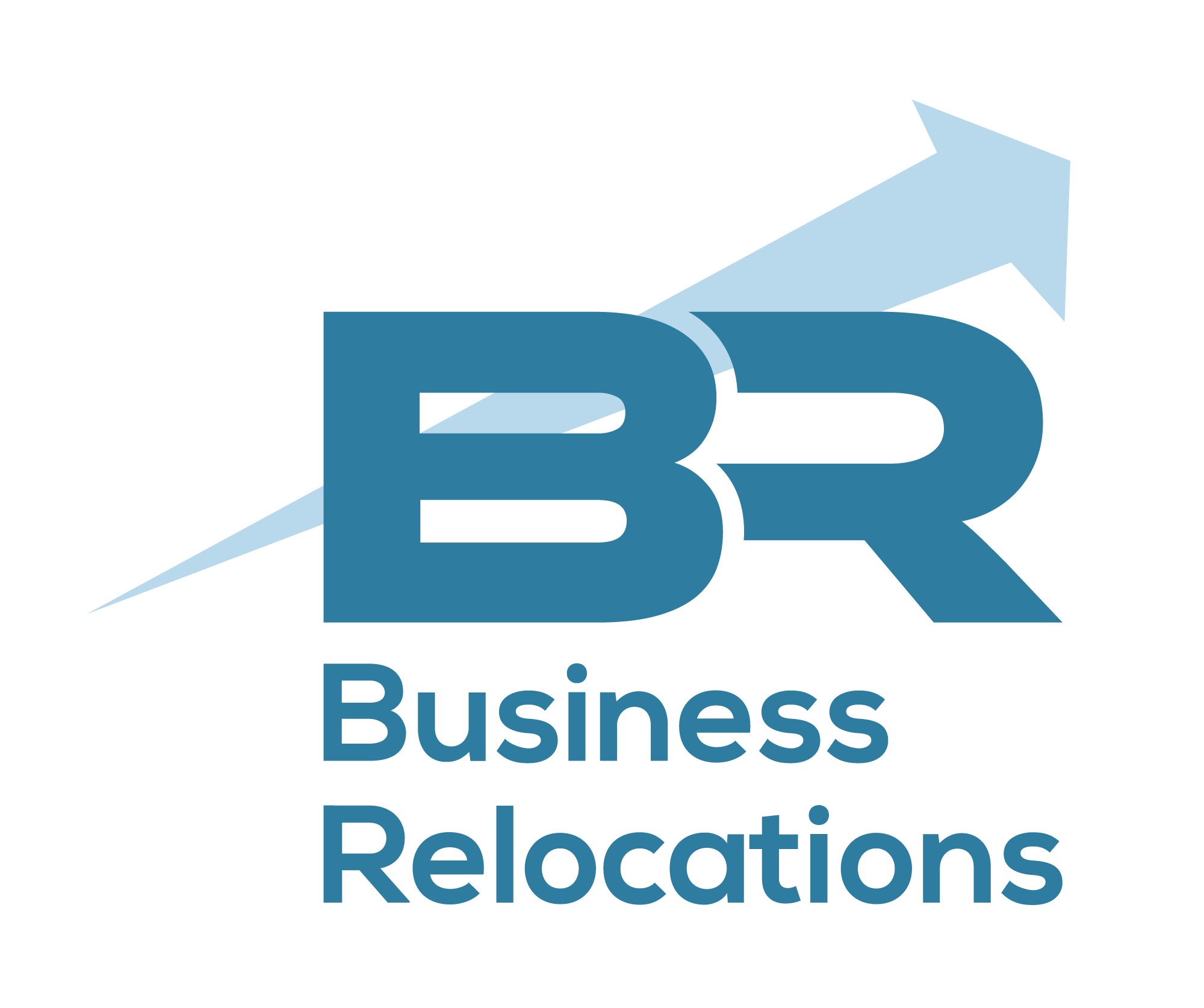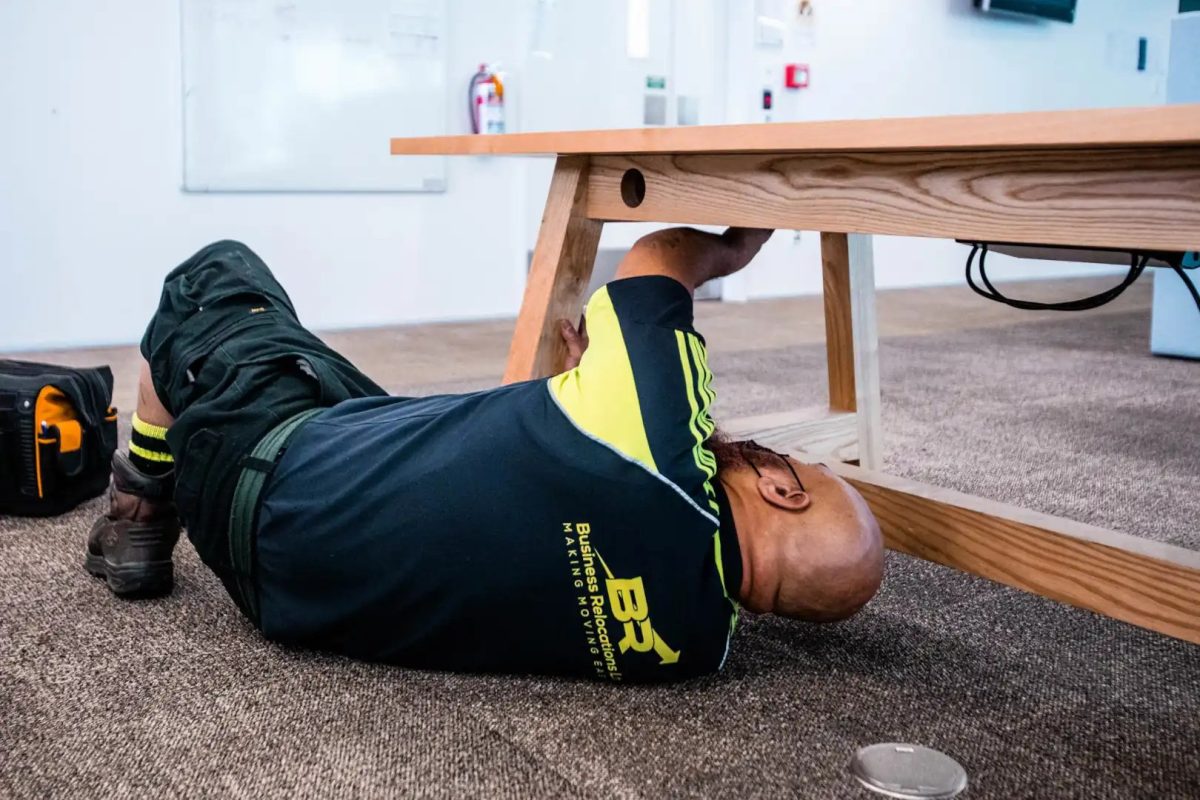Office moves may seem overwhelming, but they don’t need to be disruptive. Minimising business downtime allows you to transition from your old location to your new one seamlessly. Beyond lost revenue, extended downtime can lead to missed opportunities and reduced productivity, which can snowball into bigger issues, leaving your business playing catch-up even after the move.
With years of experience facilitating fast and efficient commercial relocations, we’ve put together a guide to make your move as smooth as possible. Check out our seven tips for minimising relocation downtime.
Downtime Solutions for a Seamless Office Move
1. Plan and Organise Early
As soon as the decision to move is made, create a timeline with key milestones and delegate tasks. Early planning gives your team time to anticipate challenges and prevent last-minute issues. Focus on relocating the most critical departments first to keep things running smoothly. Planning also means you have more time to secure the resources you need and get everyone on the same page about how the move will go.
2. Hire Professional Movers
Although the DIY approach may be tempting, consider hiring professional movers for your business relocation. Experienced movers understand how to minimise business downtime and can streamline your process. With experts handling the heavy lifting, like packing, unpacking, and dealing with sensitive equipment, you’ll have more time to focus on keeping your business running smoothly.
3. Prepare a Comprehensive IT Backup
Taking care of your tech is key to keeping downtime to a minimum. Work with your IT team to make sure all your data is backed up and ready to go at the new location. Explain to your staff how to set up their workstations and connect to a new network. IT issues can be frustrating, so to avoid any delays, test the new setup ahead of time so everything’s ready when employees arrive at the new office.
4. Establish a Communication Plan
Keeping employees, clients, and other key contacts informed about the move is key to reducing downtime. While digital announcements are quick and easy, they don’t always guarantee that everyone’s on the same page. To avoid any confusion, follow up with people individually when needed. Keeping communication simple and consistent will ensure that everyone is in the loop so there are no surprises on moving day.
5. Consider Staggering the Move
If your business is too large to relocate in one go, a phased approach can help minimise downtime. You could move different departments in stages or organise the move based on business functions. Start with the most critical areas that need to be operational first. While it’s ideal to move outside of business hours, like over a weekend, that’s not always an option, so a staggered approach is the next best solution.
6. Facilitate Remote Work Options
Even if your business doesn’t typically support remote or hybrid work, setting up a temporary work-from-home plan can go a long way in reducing downtime during a move. While not every aspect of your business can operate remotely, having key staff work from home during the transition can keep essential operations running smoothly. This way, your team stays productive, and you’ll have less catching up to do once everyone is settled into the new office.
6. Test Your Systems Before Going Live
Once your office is set up, test all the key systems before your team resumes work. Double-check the internet connections, phone lines, and any critical software or hardware your business depends on. Don’t forget to verify network access, printers, and security systems as well. Collaborate with your IT team to troubleshoot and resolve any issues that may arise during testing. By taking this proactive approach, you’ll ensure that everything is fully operational on day one, allowing your team to hit the ground running in your new office.
Minimise Business Downtime with the Help of a Professional Moving Company
If some business downtime is unavoidable, the next best step is to minimise it. Early planning and good communication are just some of the ways to make the process smoother.
One of the most reliable ways to minimise business downtime is to bring in an experienced moving company that can handle the logistics for you. At Business Relocations, we know how important it is to pack up and set up quickly to keep things moving. For a smooth and hassle-free move, get in touch with us today for a quote and to start planning your next move.

